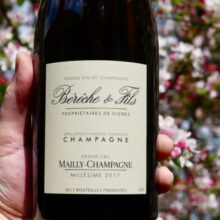
Product information
Bérêche & Fils Grand Cru Mailly (Disg. July 2022) 2017
Original price was: $475.$399Current price is: $399.
Description
Delicious playful, tighter at the moment. 100% pinot same élévage as Cramant. Lovely flowing Sherbety fine. The core of fruit is solid. Building as it warms, beautifully weighted fruit of exceptional length. A lovely spice, vibrant red fruit. Excellent development. More to offer with time.
“The 2017 Extra-Brut Blanc de Noirs Mailly Grand Cru is racy, exuberant and full of character. Intense Pinot notes scream out of the glass in this exotic yet beautifully balanced Champagne. Red berry fruit, spice, kirsch, mint, dried flowers and anise build effortlessly. The purity of the flavors is quite striking. This is a fabulous showing in a very tough year. With air, the 2017 is wonderfully delicate and hugely appealing. Dosage is 3 grams per liter. Disgorged: July 2022.”
Antonio Galloni, Vinous 93 Points
Only 2 left in stock



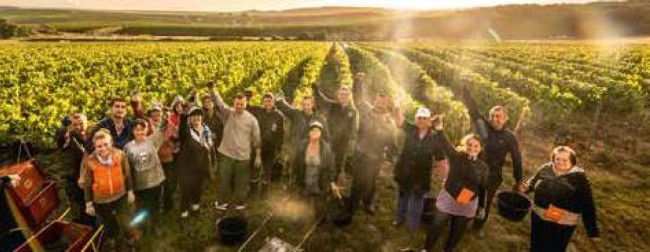



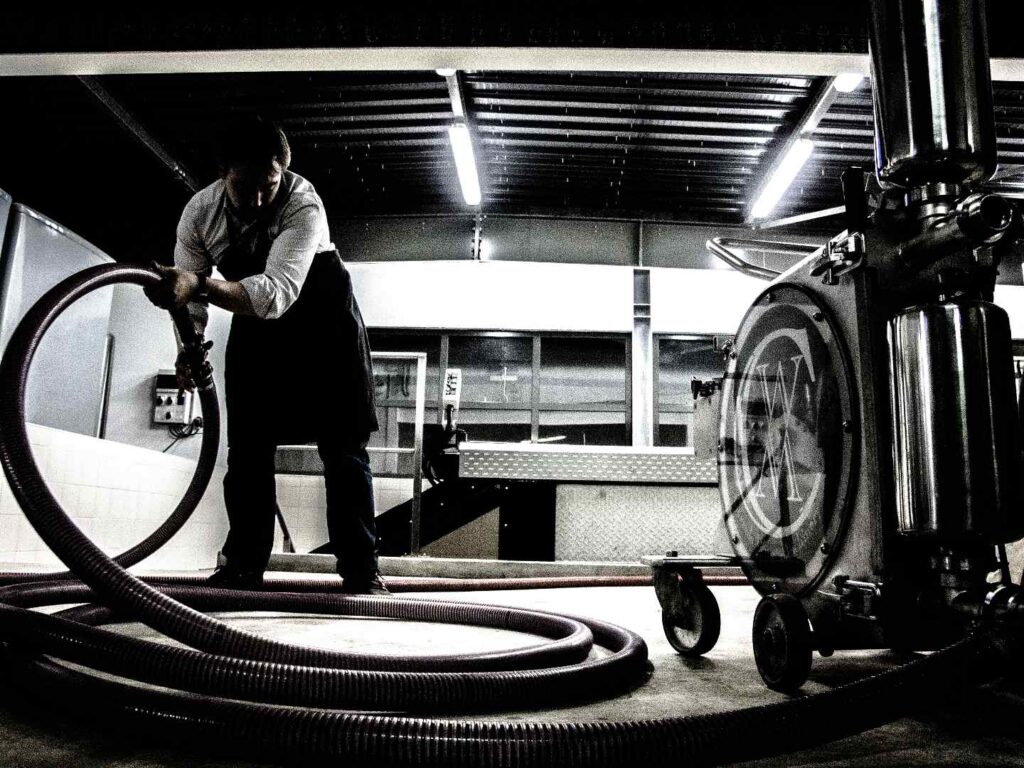
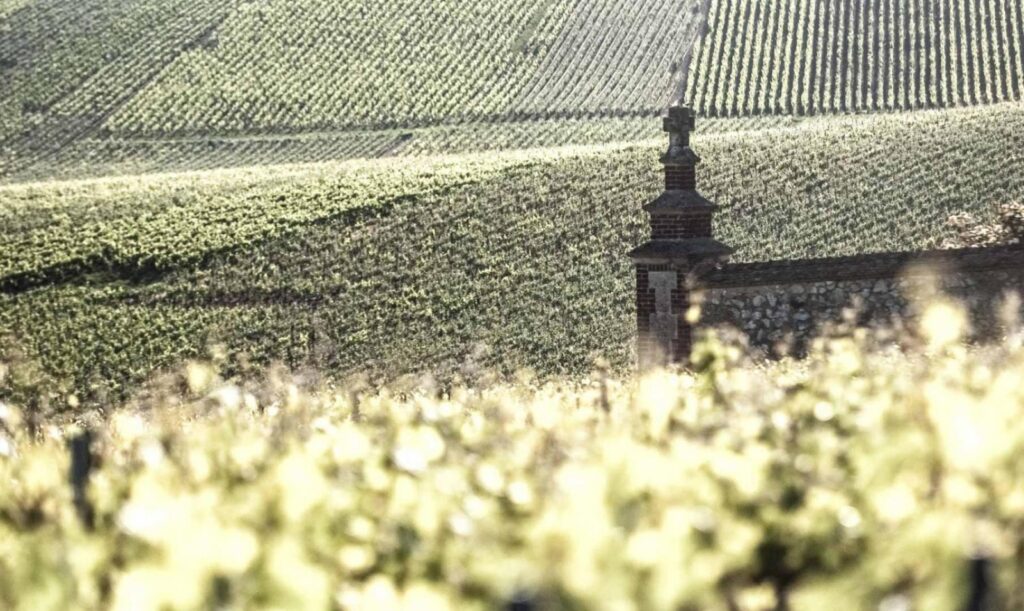
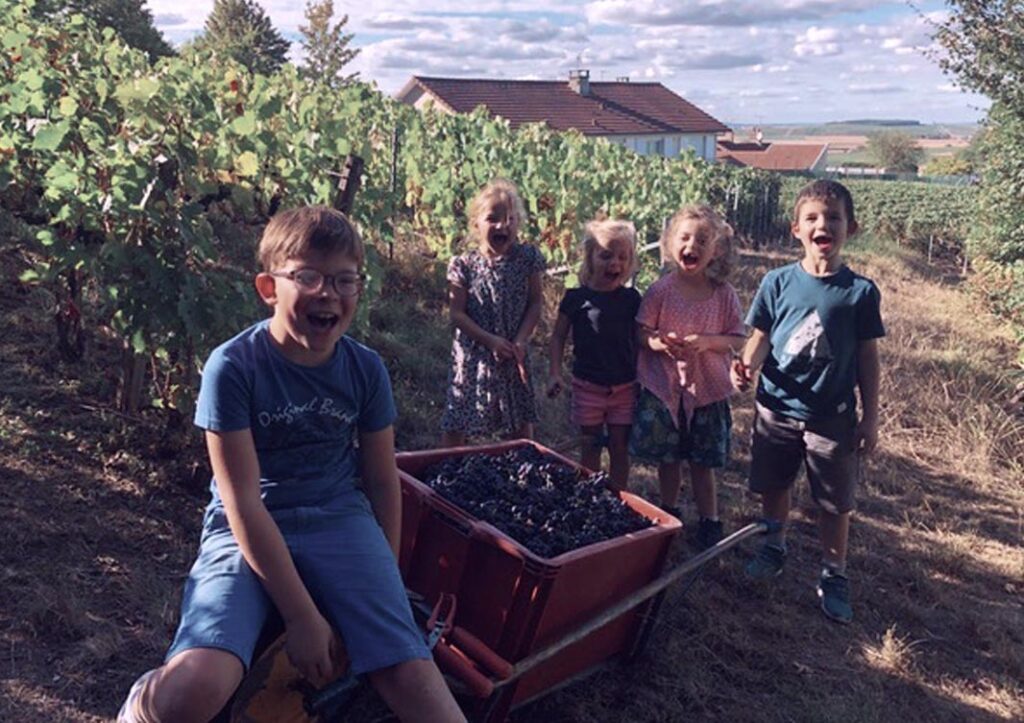
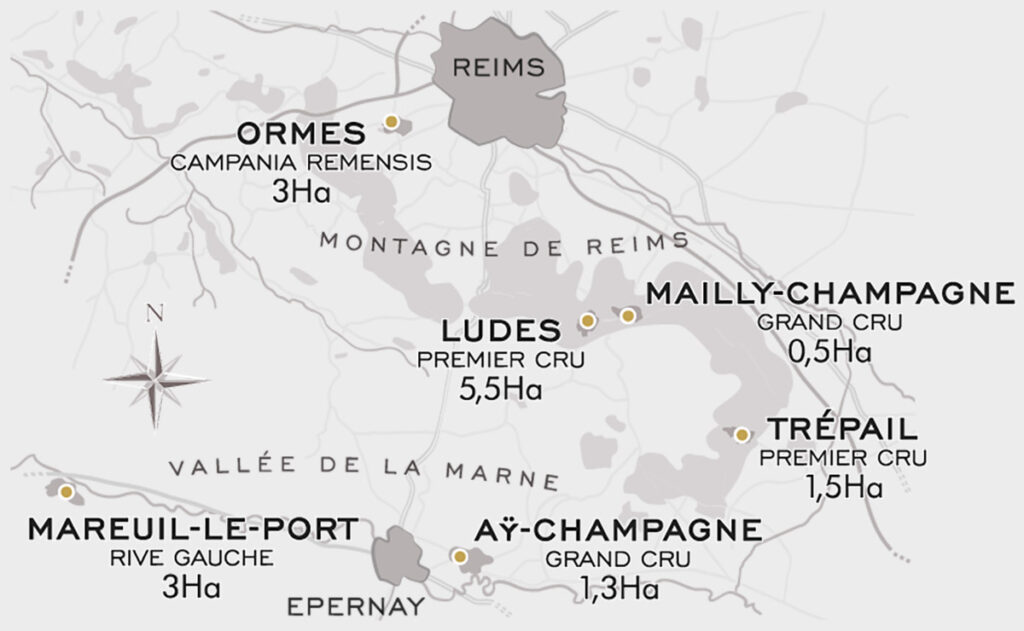
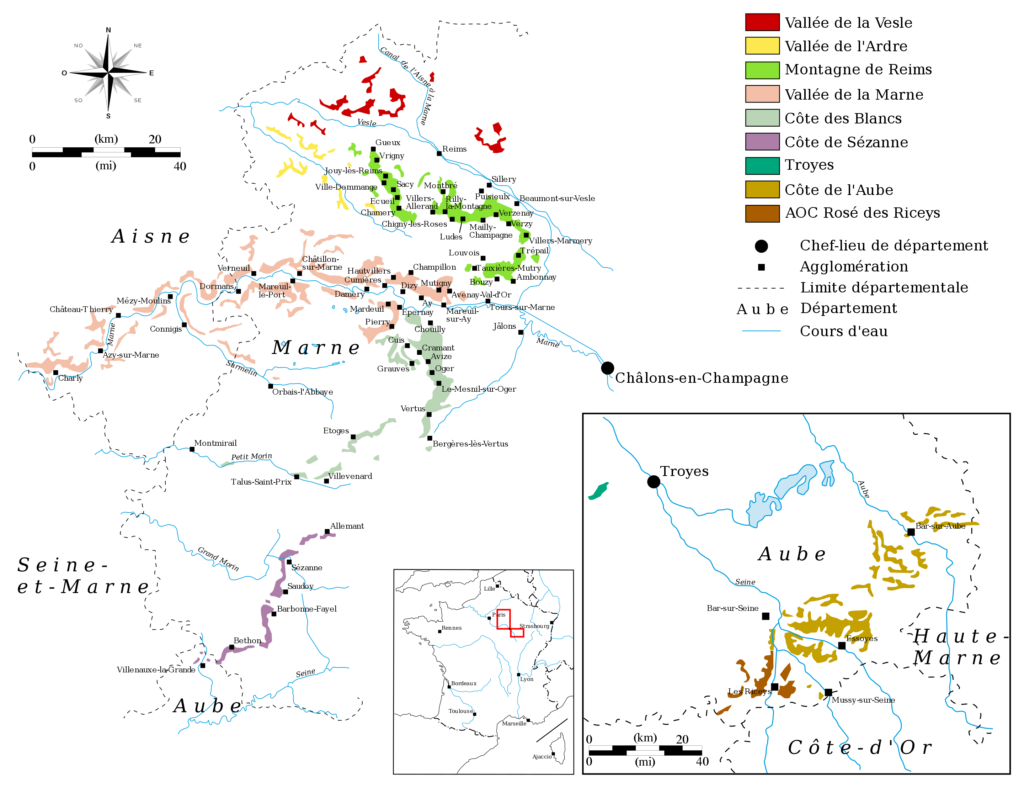




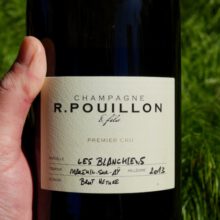
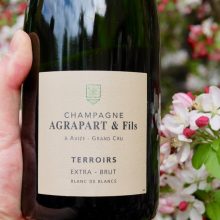
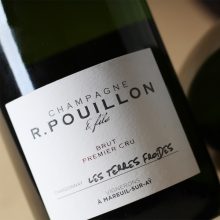
You must be logged in to post a comment.